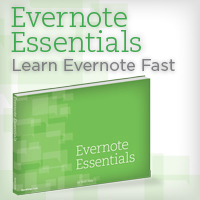Ask any serious blogger which publishing software they use and the vast majority of the time, they’ll say “WordPress”. When I was getting ready to start this site (which I like to think of as a “serious” blogging effort), I considered all of my options, one of them being WordPress, and chose Tumblr instead. This is where I tell you how I arrived at that decision.
The first, and undeniably biggest reason was that I would be far less distracted by things like plugins, theme options and such like. I’ve run several WordPress blogs in the past and have wiled away many hours getting my settings just right, choosing (and subsequently hacking the pudding out of) a theme and installing a pantload of plugins so my posts would do things like automatically update Twitter when they were published. This may be a testament to my lack of focus, but I wanted a platform that practically *forced* me to focus on the content instead of the aesthetics and plumbing. Tumblr fit that bill perfectly. Yes there are plenty of themes to choose from, but that’s where it started and stopped. All of the other core capabilities I needed are baked into the platform itself. And the features I didn’t really need weren’t even possible in most cases and if they were, it meant a non-trivial amount of work (and workarounds).
The second factor was that it was hosted. I have several web hosting accounts where I can install any software I want, but anything I install there must be managed (by yours truly). With Tumblr, I don’t need to think about things like scalability or reliability. I don’t need to make sure my caching plugin is up to date and working because they probably pay dudes to make sure their servers stay up. The fact that I get all of this for free was another big mark in Tumblr’s favor.
I’ve written about this before, but services like Tumblr have almost reached parity with WordPress in terms of core functionality. I can publish posts, create static pages, use tags, all of it. If I want to hack on the code that runs my theme, I’m free to do so (and I have). Yes, I had to sacrifice things like “Related Posts” and a customized archive page, but that’s all fine with me. The way I look at it, if my writing is any good, people will read it. I don’t need to concern myself with all of the in’s and out’s of the likes of WordPress because I’m here to write.
As I’m sure you’ve gathered, my decision to run this site on Tumblr was a very deliberate one. And, as I said, I’m aware of the concessions I made in choosing this platform.
Where do your publishing loyalties lie? Why?


